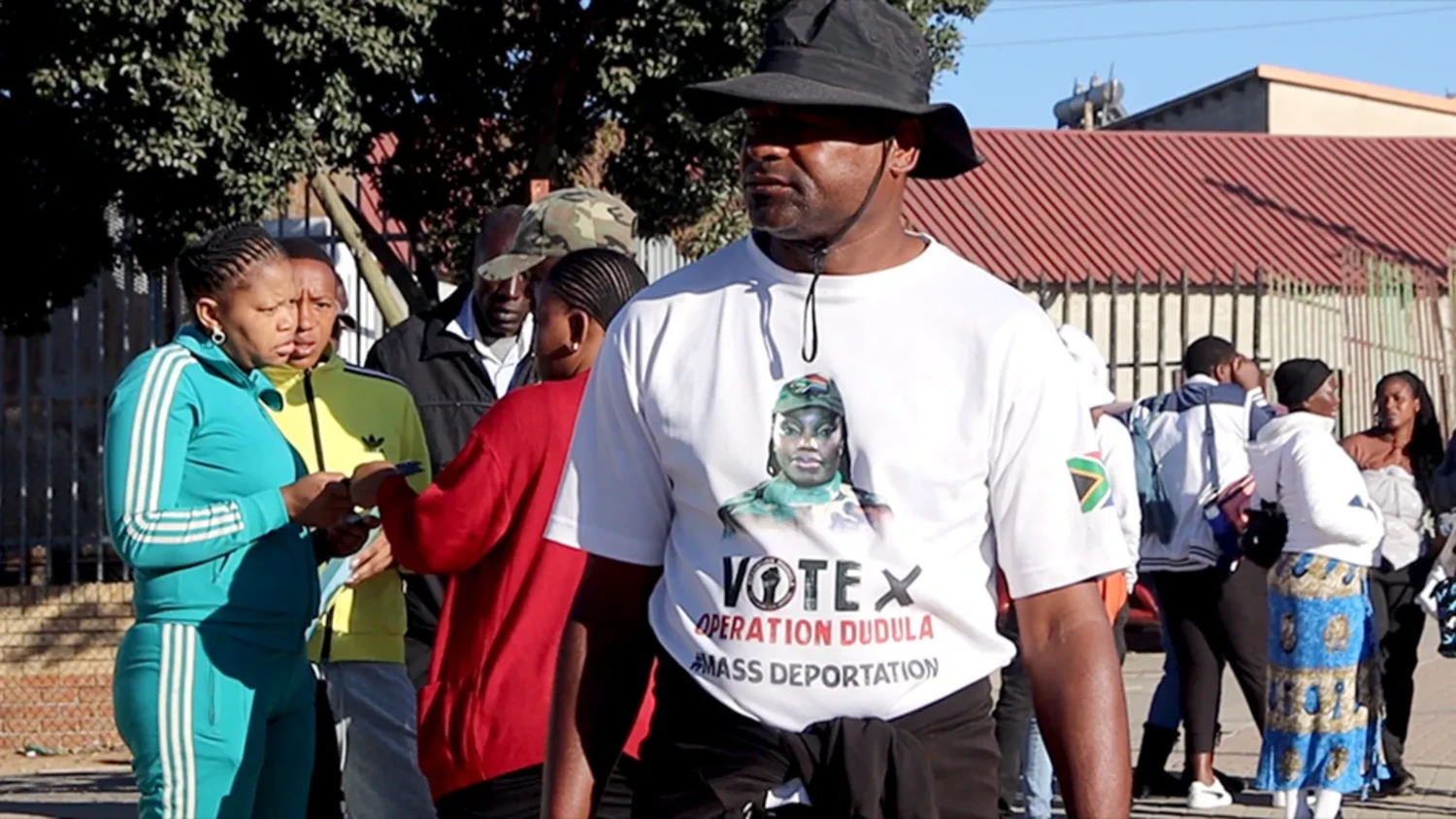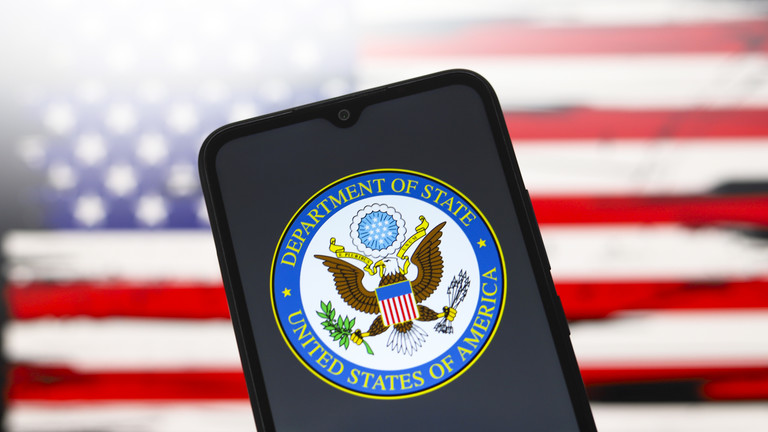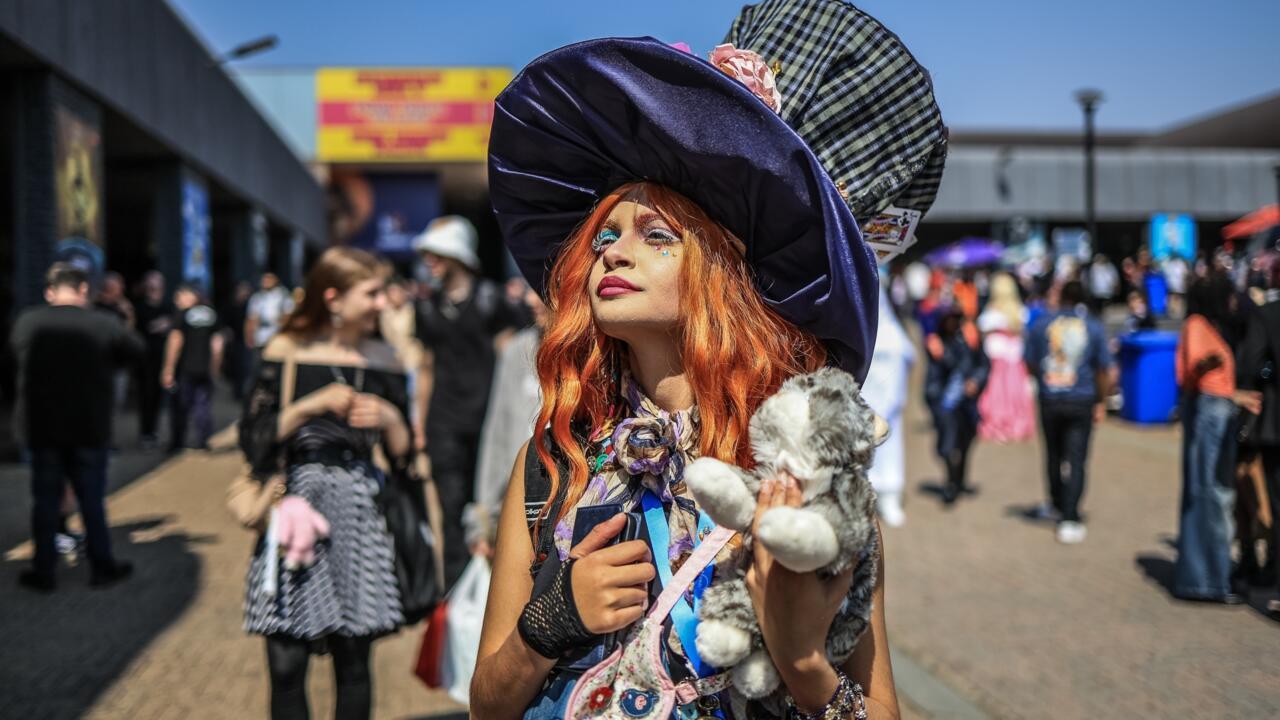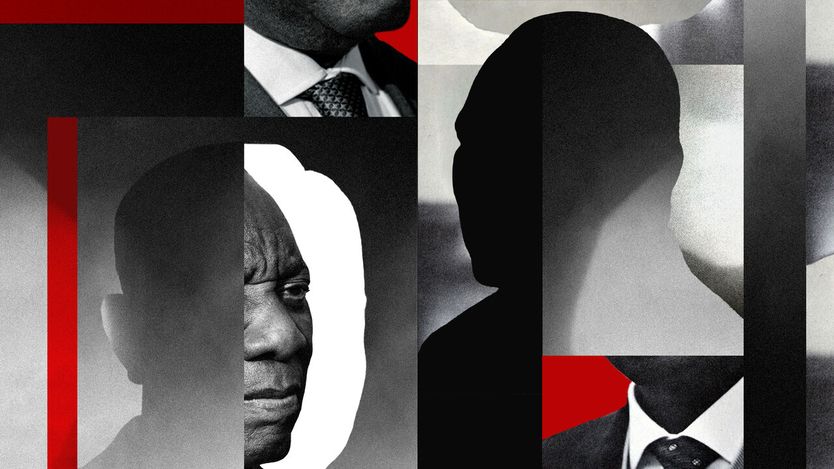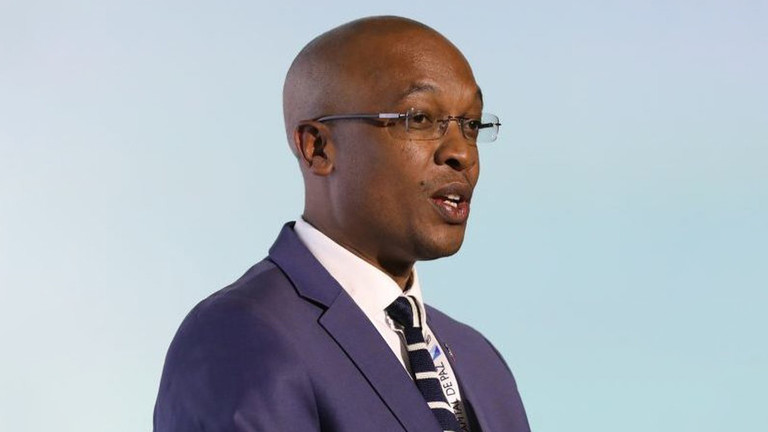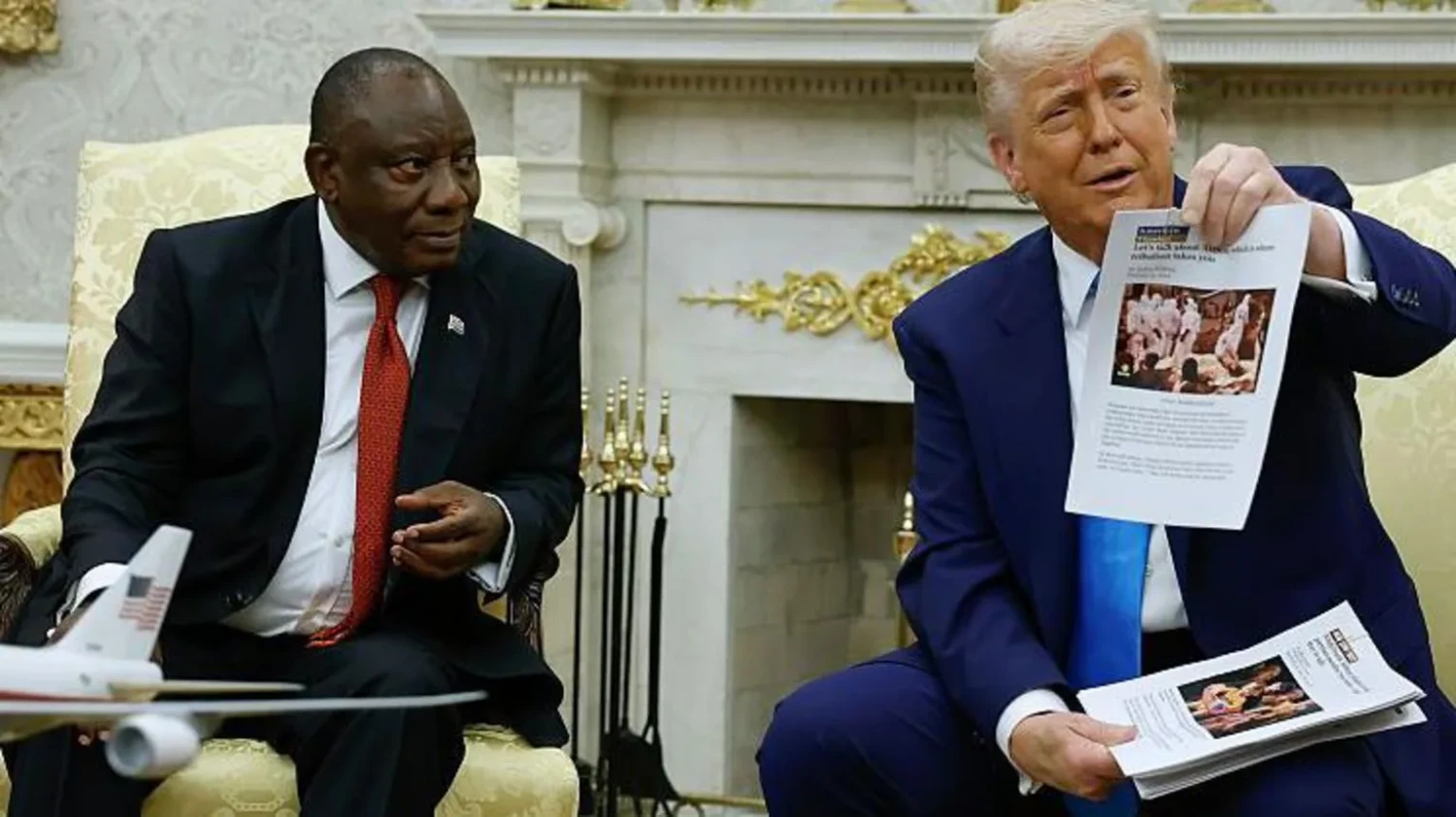
This article is more than
7 year oldIn the Cape Town enclave that survived apartheid, the new enemy is gentrification
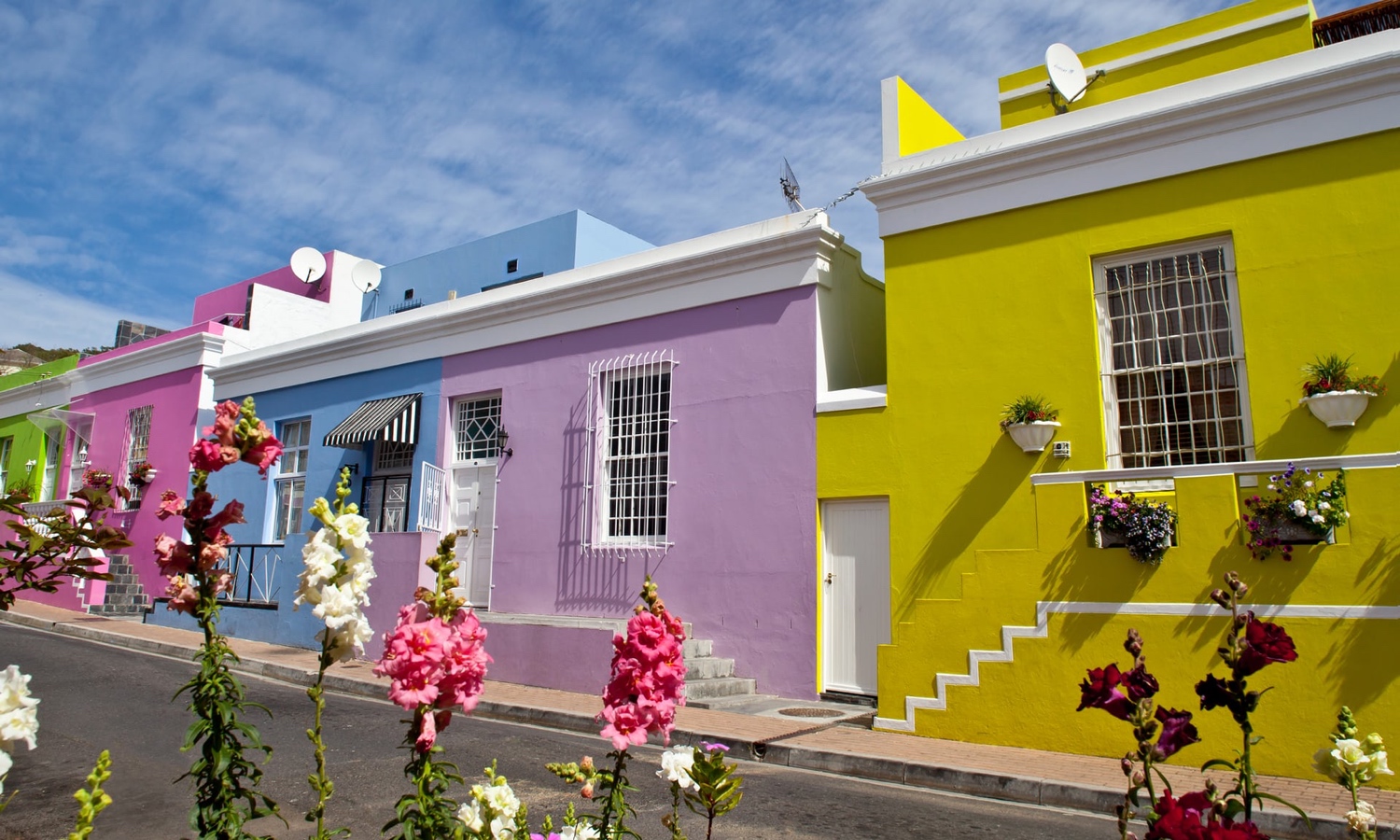
Sunday morning in Cape Town. Two days of rain have washed the dust from the air. Table Mountain is etched against a clear blue southern winter sky. Seagulls wheel on an ocean breeze. In the Bo-Kaap neighbourhood of the city, the famous painted houses shine postcard perfect. Children play on cobbled streets. Men in prayer caps watch, deep in conversation, prayer beads clicking.
Yet the apparent calm is misleading. In recent weeks angry young men have burned tyres in the streets of Bo-Kaap. There have been marches and demonstrations. The immediate spark for the anger? Plans to build hotels, luxury apartments and shops. The deeper cause? Fear that gentrification will destroy the community.
“We are the last barrier ... If we give in, the floodgates will open and that’s the end,” said Jacky Poking, a local resident and activist.
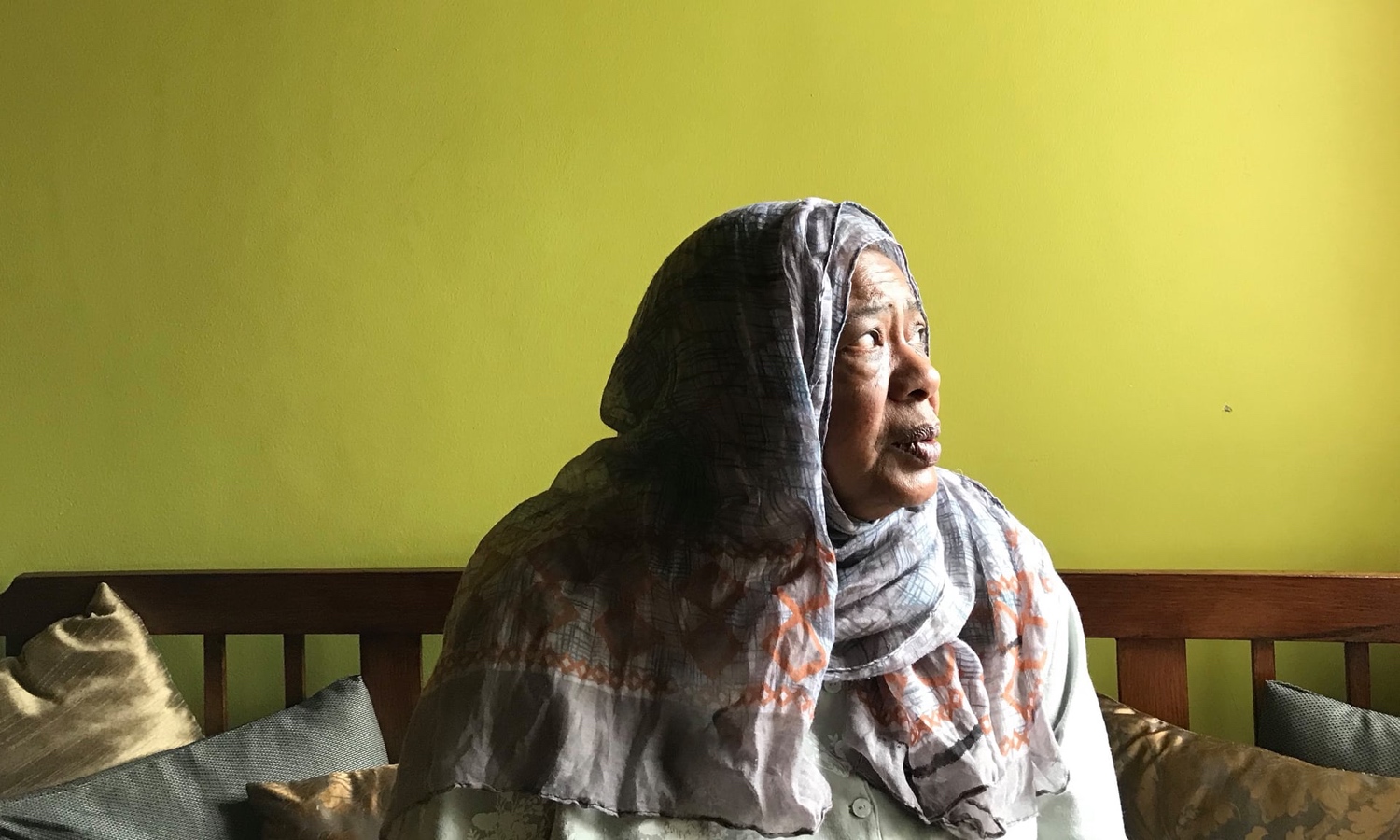
Fauzia Ahmed, 68, moved to Bo-Kaap after being forced from her home in District Six. Photograph: Jason Burke for the Observer
The protests have attracted media attention across South Africa. Some reports have portrayed an economic struggle between haves and have-nots. Others have highlighted a faith angle – most of Bo-Kaap’s estimated 6,000 people are Muslim. The reality, however, is more complicated than either interpretation suggests.
Though South Africa’s economy is in deep trouble, Cape Town is booming. Startups, conferences, tourism and demand from wealthy foreigners attracted by the climate and lifestyle have pushed up property prices in the comfortable, clean and stunningly beautiful city centre. Houses in the best neighbourhoods sell for millions and even the “cottages” of Bo-Kaap now sell for 6.6m rand (£350,000). Many locals are selling to outsiders.
Developers are moving in, too, looking to build high-end hotels, or new blocks of apartments aimed at the city’s growing population of young professionals. A handful have some element of social housing – but even that is priced too high for most local people, members of the community say.
“The authorities here do not want poor people in the city. They want this to be a rich city,” said Fauzia Ahmed, 68, who lives in a sturdy terraced home on Jordaan Street in Bo-Kaap.
But the argument over Bo-Kaap is not simply about the future. It is also about the past. The racist, repressive government that took power in South Africa in 1948 enforced the division of cities across the nation into ethnically distinct areas. The effect on Cape Town was particularly dramatic. Poor “non-white” communities were exiled to bleak new settlements on the hot and dusty flatlands to the east of the city, far from the picturesque coastline with its fresh breeze and beaches.
But some escaped the enforced removal. Ahmed and her family lived in District Six, a bustling mixed community in the centre of Cape Town. The authorities progressively levelled the neighbourhood in the 1960s and early 1970s, sending its inhabitants to the new townships. Ahmed’s family held on until bulldozers had razed almost everything. Only then did they leave their home. With great difficulty, Ahmed’s parents raised loans to buy the house in Bo-Kaap where she still lives.
“It was very traumatic, very brutal. The memory has stayed with me to this day,” said Ahmed.
The family could live in Bo-Kaap because it was designated as a home for the “Cape Malay” or “Cape Muslim” community under the twisted apartheid laws designed to enforce segregation. Though on prime real estate in the centre of the city, the neighbourhood thus became a unique enclave where few white south Africans ever ventured and none lived.
Ahmed remembers “dangerous but terribly exciting” times fighting the apartheid regime through the 1970s and 1980s.
“We were united. We used to hide the ANC activists here and we never had a single arrest. There was such solidarity,” she said. When Nelson Mandela, the Nobel prize laureate and first president of a free South Africa, was released from prison in February 1990, Ahmed was “ecstatic”. The apartheid system was ended definitively four years later with the nation’s first free elections. “I dreamed of a better future,” she said.
The disappointment of many South Africans at the failure to fulfil the lofty hopes of the early 1990s is one reason for the strong feelings provoked by the gentrification of Bo-Kaap. Ralph Mathekga, a political analyst and author, said the ownership of land in South Africa had become a way to define “freedom against a lack of freedom”.
“It is not about its commercial value. It’s about identity, history and destiny of people in our society. With Bo-Kaap, it’s a place of historical importance, but the people who have suffered in previous decades cannot afford to live there any more,” Mathekga said.

One major issue being acrimoniously debated in the run-up to general elections next year is the future of the many huge farms in South Africa, many of which are still owned by the descendants of the Dutch settlers who founded Cape Town almost 400 years ago before spreading out across what was to become South Africa. The question touches on a broader issue too: the disproportionate wealth of the white minority in South Africa a generation after the ANC came to power.
In Cape Town, the physical legacy of apartheid town planning is still very obvious. Travellers arriving at the airport, out on the dusty flats, fly over thousands of tin homes with only rudimentary sanitation or power. Their inhabitants still travel for hours on overcrowded public transport to work in the city centre or as domestics in the houses of its stunning suburbs.
Councillor Brett Herron, the city of Cape Town’s mayoral committee member for transport and urban development, said authorities were aware of all these issues and were doing what they could, given available resources.
Herron said officials had repeatedly tried to answer the concerns of many Bo-Kaap residents, but could not stop private individuals selling properties in the neighbourhood to buyers from other areas or countries, or to private developers.
“Any person owing an asset in Bo-Kaap – be it a piece of land or structure – is free to sell their asset as [and] when they choose to do so, and at a price and to a buyer of their choice … [But] there are no developments that are proposing the destruction of the historic cottages that are at the heart of this iconic neighbourhood. These are recognised as national heritage resources and neither the city, nor other spheres of government, would support the demolition of such valuable heritage assets,” Herron said.
However, many residents remains unconvinced by such assurances. The fight in Bo-Kaap will be long, Ahmed said. “This is my house, my inheritance … They will have to drag me out of my home.”
Since you’re here…
… we have a small favour to ask. The Guardian is editorially independent, meaning we set our own agenda. Our journalism is free from commercial bias and not influenced by billionaire owners, politicians or shareholders. No one edits our Editor. No one steers our opinion. This is important because it enables us to give a voice to the voiceless, challenge the powerful and hold them to account. It’s what makes us different to so many others in the media, at a time when factual, honest reporting is critical.
More people are reading the Guardian’s independent, investigative journalism than ever but advertising revenues across the media are falling fast. And unlike many news organisations, we haven’t put up a paywall – we want to keep our journalism as open as we can. So you can see why we need to ask for your help.
If everyone who reads our reporting, who likes it, helps to support it, our future would be much more secure. For as little as $1, you can support the Guardian – and it only takes a minute. Thank you.
